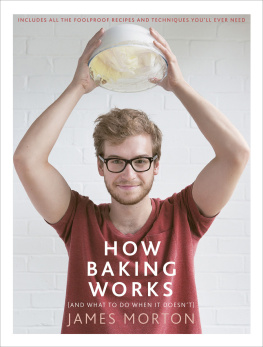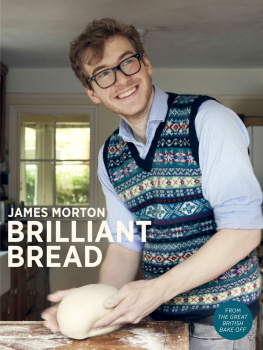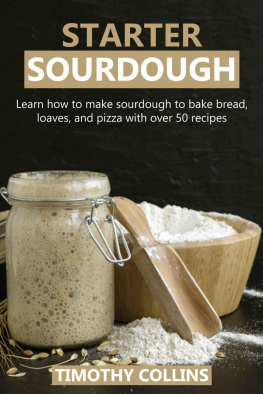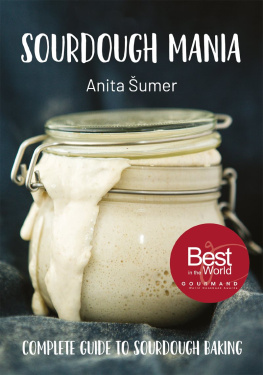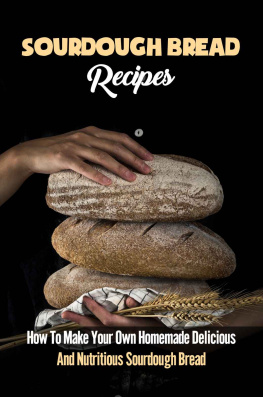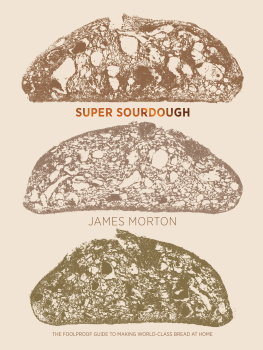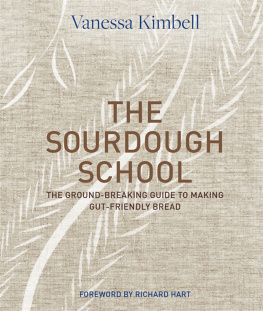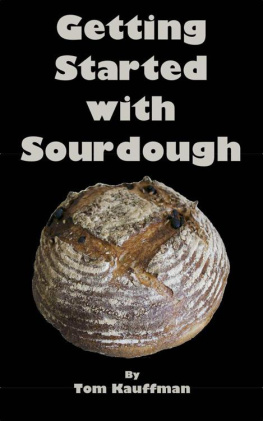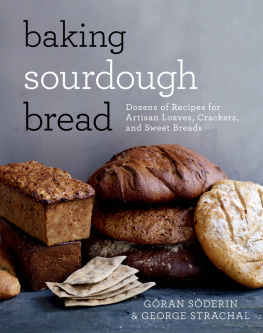Contents
What is sourdough?
Flour, water and salt. Mixed, left and baked.
At its most basic, this is sourdough.
Sourdough, or sourdough bread (pain au levain), is what civilised Western man ate before the advent of commercial bakers yeast. Instead, the bread is risen by various wild yeasts and bacteria, cultured spontaneously. The vast majority of these come from the flour itself, where they sit in a dormant state.
The word sourdough can refer to the baked loaves of bread, but also to the sourdough starter (levain) this is a dough of varying wetness that is kept by the baker as a continual fountain of yeast. This makes starting a new fermentation a simple and predictable process. Some call this a mother dough. And some people name theirs Boris and ask friends to look after it when they go on holiday.
These loaves, compared with ones made using a commercial yeast, usually take longer. Far longer. This has led to a wariness that hangs over even experienced bread makers sourdough is seen as complicated, involved and with a high risk of failure. For some, this is a turn-off; for others, an allure.
Sourdoughs can usually be identified by the tang that gives them their name, but before then, by their anatomy. Note the smooth and shiny, golden crust speckled with tiny bubbles and with a magnificent tear where it has been scored. As you slice through them, youll witness the crumb. This is the word for the pattern of the holes through the middle of your bread. Naturally leavened breads often have large, irregular holes that bounce back when pressed.
The word sourdough isnt a protected term. Like craft beer, gin and yoga, it has become an expression of one-upmanship among the hipster elite and something of a middle-class, sabbatical endeavour. Its trendy. It has therefore been jumped on by multinationals, a buzzword for selling upmarket lines at a vastly inflated price. Dont assume sourdough means quality.
The keys to sourdough
A very active starter
Creating a sourdough starter the thing used to rise your bread is easy once you know how. Well cover that. An insufficiently active starter is responsible for the vast majority of sourdough woes, from wet bread pancakes to dense rocks of dough.
If the starter is misbehaving and simply will not rise your bread as it should, dont be sentimental. Well fix it using science, or dump it because of science. Dont get hung up on keeping it alive if it is suffering. Its very simple to make a new one. And while some bakers will tell you a nice story about the aged nature of their starter, time actually bears no resemblance to quality.
A good starter should always be doubling or tripling in size when fed. If youre not baking bread every day or two (and thats most people), you should keep your starter in the fridge between uses. It can be used as soon as its warmed up to room temperature again. If you have any doubts about its bubbliness, then you can take it out the night before you use it and give it a good feed.
Good dough strength
Gluten, the wonderful matrix of protein in flour that gives dough its gas-capturing abilities, is developed and sculpted through the stages of bread making. Gluten is often developed by kneading, but this is just one of the many ways, and it certainly isnt the only one well use. Sometimes kneading is recommended, but many times its not. Kneading develops the structure of the gluten, but it doesnt necessarily develop it in the right way.
This property of being able to maintain a shape or structure without degrading is known as strength. You should notice your dough is elastic, or springy. Leave your dough to rest, and as the gluten slides over itself, it will lose its strength. Youll notice your dough is more extensible, or stretchy. If youve made your dough too stiff, with not enough water, or with lots of wholemeal flour, it will be overly tenacious, or firm.
By developing good strength through a combination of mixing, stretching, folding and shaping, you are avoiding that flop sound you get when bread made from a wet, under-kneaded dough thats poorly shaped hits the work surface.
Warmth
Sourdough goes through the same proving, or resting, stages as any bread. After youve weighed and mixed your ingredients, your finished loaf could be four hours away, or a day, or anything in between. This is your choice. The rests allow the yeasts within your sourdough starter to produce carbon dioxide gas, which rises your dough.
On average, sourdough takes two to three times as long to prove as standard yeasted loaves. The first prove takes three to six hours at room temperature, depending on what your room temperature is. After youve shaped it, theres at least another hour or three of re-filling with bubbles. Despite being a very long process, it should take up only half an hour of your time. This means that a busy person can still churn out a lot of bread around a demanding job and family.
Its important to think about temperature and how much it is going to influence your dough. While in my first book I maintained that proving dough in a warm place (airing cupboard, or near a heater) was a bad thing, this is not the case for sourdough. My house is quite cold, so I use warm water and put it near a heater to ensure a decent prove. The rapidly expanding, tense bubbles are the architecture that provides your dough with great strength. Without this, your dough will need extra work to keep it together.
Alongside this, you will see the allure of retarding your dough in the fridge, overnight or longer. I often do this on the second prove, because this allows me to bake it whenever I feel like it. Im in control. More importantly, retarding either prove helps develop a lot of flavour and leads to a softer, more irregular crumb.
Be gentle
Between the proves, we use our hands to shape. In my last book, I advocated a very traditional, heavy-handed method of shaping, based on old British prejudices. Sourdough shaping and strengthening, however, requires a very light touch. Under no circumstances should one ever knock back the dough, expelling all that precious gas.
If you hit that sweet spot and manage to keep all those big bubbles in there while creating a tight (bouncy) dough, it will appear to have layers of smooth sheets protecting it from sticking to anything. Youre going to have bread that rises magnificently in the oven and a beautifully contrasting crust: between the smooth edge and rough ears where it has expanded.
If your dough doesnt have the strength to hold itself up, you can pre-shape, and indeed I recommend this extra step in nearly every recipe. This is an even more delicate shaping process done about half an hour before the main event, and can really help if youve had pancake-shaped loaves in the past.
Steam
The key to amazing oven spring, the rise of the bread in the oven, is steam. Its also the key to a golden, shiny crust thats deliciously crisp for the first day, and chewy in the days beyond that. When you bake your bread in the oven, you should find a way to introduce steam.


